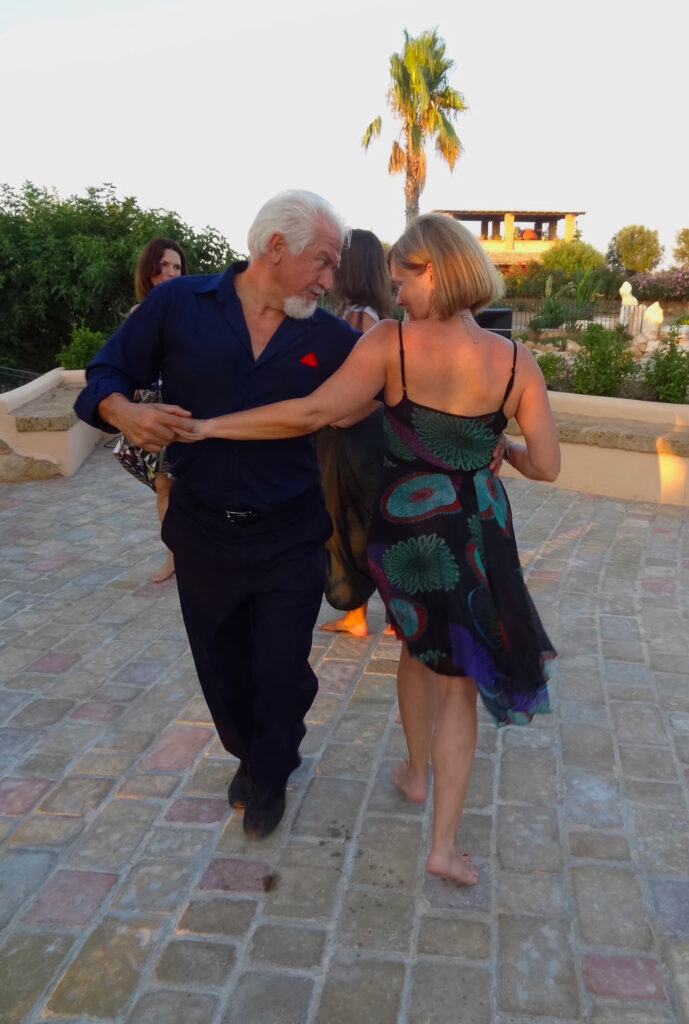
Siete pronti per approfondire la vostra abilità grammatica con me? Ecco due frasi utili per esprimere quanto tempo è necessario per fare qualcosa. Se sono usate correttamente, sarà ovvio a tutti, che sapete veramente come di comunicare tempo!
Ready to dive into a bit of Italian grammar with me. Here are two useful phrases to express how long it takes to do or accomplish something. If used correctly, they can make you sound like you really do know how to tell time!
Queste espressioni sono: / These expressions are:
Aspettate! Svegliatevi! Fate attenzione!
Attention! Wake up! No sleeping at the Italian grammar wheel!
Metterci e Volerci non sono uguali. No infatti! Ci sono sfumature di differenze tra questi verbi.
Metterci and Volerci are not interchangeable. No indeed! There are subtle differences in both these verb forms.

Guardiamo un po’ il verbo VOLERCI
Let’s take a deeper dive into VOLERCI!
Sì, volerci è una misura di una quantità di tempo che indica quanto tempo è necessario per fare qualcosa. Però… (è questo è dove potrebbe essere difficile) ci sono due forme for usare volerci — singulare and plurale.
Yes, Volerci is a measure of time and indicates the time it takes to do something. But, (and this is where it gets a little tricky), there are two forms for using volerci — singular and plural.
The subject of sentences using Ci vuole and Ci vogliono is the time spent on doing something. Because of this the verb “volerci” can be conjugated only with the third person singular and with the third person plural.

Esempi
Ci vuole
SINGULAR: to indicate a singular time as an hour, a minute, a week
Ci vuole un’ora per preparare la pasta.
It takes an hour to make the pasta.
Ci
vuole un
giorno per andare a Roma a cavallo.
It took an hour to
travel to Rome on horseback.
Ci vogliono
PLURAL: to indicate a plural time as two hours, three minutes, four weeks
Ci
vogliono due ore per pulire la cucina dopo aver mangiato la pasta.
It takes two hours to
clean up the kitchen after eating the pasta.
Ci vogliono due giorni andare a Roma on horseback.
It takes two days to go to and from Rome on horseback.

Guardiamo un po’ il verbo METTERCI
Now let’s dive into METTERCI
Metterci invece, indica il tempo necessario per una persona di fare qualcosa. In contrasto a “volerci”, con Metterci la persona che fa la cosa è il soggetto e quindi il verbo non cambia, ma rimane lo stesso come lo soggetto.
Metterci instead, indicates the time required by a person or a thing to commit a specific deed. In contrast to “volerci”, with Metterci the person that commits the deed is the subject and therefore the verb form won’t change but remains the same as the subject.
Esempi
Ci metto sei mesi per scrivere un romanzo.
It takes me six months to write a novel.
Quanto tempo ci mette Alessandra per arrivare alla biblioteca?
How long does it take Alessandra to get to the library?

Adesso… Che cosa succeede con le forme passate
di Volerci and Metterci?
Now… what happens with the past forms of Volerci & Metterci?
Questi verbi sono diversi anche nel passato.
These verbs are different also in their past forms.
Non preoccuparvi! Potete farlo.
Don’t panic! You’ve got this!

In the past tense the verb volerci requires
the auxiliary “essere.“
Note with essere there must be a concordance
with the object. For example:
C’è voluta un’ora per preparare la pasta.
It took an hour to make the pasta.
C’è
voluto un
giorno per andare a Roma a cavallo.
It took a day to
travel to Rome on horseback.
Ci sono volute due ore per pulire la cucina dopo aver mangiato la pasta.
It took two hours to clean up the kitchen after eating the pasta.
Ci sono voluti due giorni per andare e tornare da Roma a cavallo.
It took two days to go to and from Rome on horseback.
In the past tense the verb metterci requires
the auxiliary “avere.“ For example:
Ci ho messo sei mesi per scrivere un romanzo.
It took me six months to write a novel.
Quanto tempo ci ha messo Alessandra per arrivare alla biblioteca?
How long did it take Alessandra to get to the library?
Vedete… è facile! Adesso un po’ di pratica
See… it’s easy… now for a little practice

Provate queste esercizi! Try these exercises.
(per sapere le risposte giuste scrivimi a melissa@StudentessaMatta.com)
Quanto tempo _______ Claudio per andare a casa?
Mia nonna _______ cinque ore per prepare la torta.
_______ circa 4 ore per arrivare da San Francisco a Austin, Texas in aereo!
I miei amici _______ davvero poco tempo per venirmi a prendere dalla stazione!
Mi hanno detto che _______ nove mesi per girare il mondo in barca. (usa l’indicativo presente)
Adesso ci serve una canzone diSergio Endrigo: “Ci vuole un fiore”
Per fare un tavolo ci vuole il legno
Per fare il legno ci vuole l’albero
Per fare l’albero ci vuole il seme
Per fare il seme ci vuole il frutto
Per fare il frutto ci vuole il fiore
Ci vuole un fiore, ci vuole un fiore
Per fare un tavolo ci vuole un fiore
Per fare un tavolo ci vuole il legno
Per fare il legno ci vuole l’albero
Per fare l’albero ci vuole il seme
Per fare il seme ci vuole il frutto
Per fare il frutto ci vuole il fiore
Ci vuole un fiore, ci vuole un fiore
Per fare un tavolo ci vuole un fiore












Ciao Melissa, grazie tanti per questa lezione di volerci e metterci, 2 verbi complessi per usare nell’italiano .
Che bella canzone di Sergio Endrigo, anche dei fiori bellissimi ,fa pensare alla prossima primavera….
Provo a fare gli esercizi , poi te lo mando, potrebbe correggermi per favore.
Un caro saluto,
Ciao Melissa,
Grazie per questa lezione. E facile de capire e molto utile.
Oh my goodness! After years of studying Italian I now understand the “ci vuole” in one of my favorite Italian songs!!! Grazie mille!!
Fantastico! Quale canzone è la tua preferita?